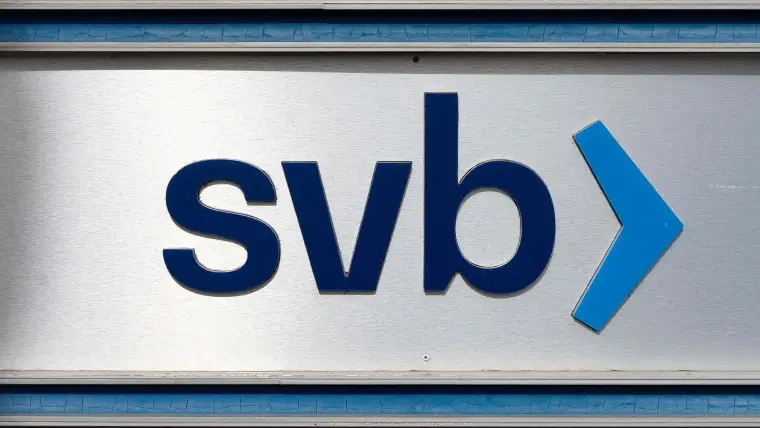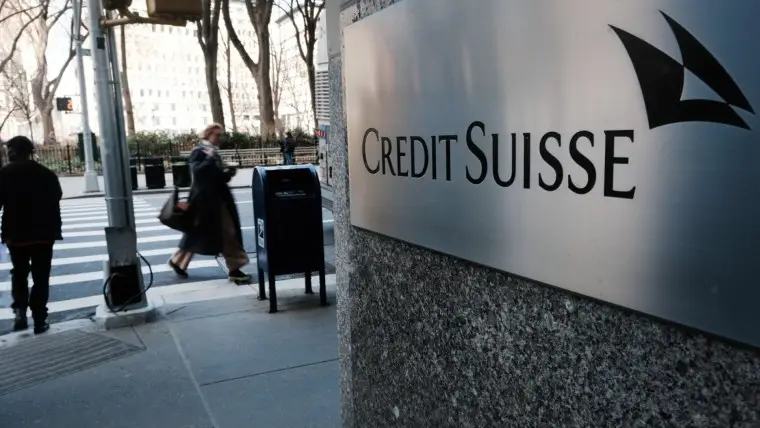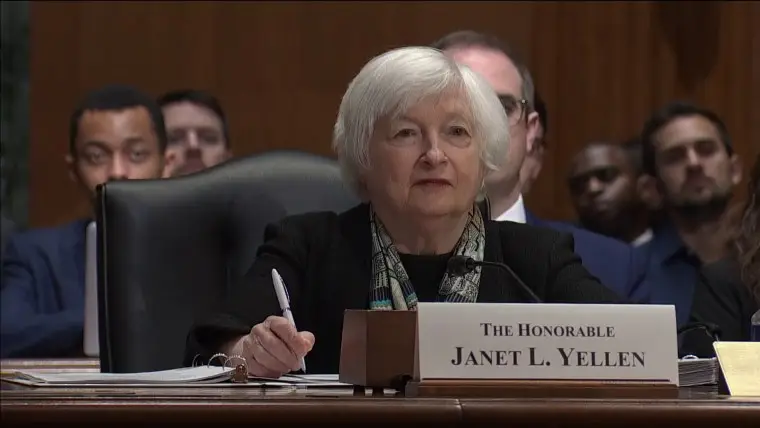Unusual lending practices at Silicon Valley Bank contributed to the bank's woes
The full picture of why Silicon Valley Bank failed so spectacularly and so fast has not yet come into focus. But uncommon lending practices at the cutting-edge lender contributed to its woes and raise questions about risk management by its executives and board, analysts said. These lending practices may also explain why there has been no merger of the institution with a healthier bank as typically occurs when the Federal Deposit Insurance Corp. steps in as it did with Silicon Valley Bank last week.
For example, of the roughly $74 billion in total loans Silicon Valley Bank held on its books at year-end, almost half — $34 billion — went to borrowers who used the money to buy or carry securities of their own, regulatory data shows. Other lenders make such loans but in far smaller amounts, filings show.
For now, things have calmed down at the bank following an extraordinary move by the federal government to guarantee all its deposits, even those over the usual FDIC limit of $250,000. The institution continues to operate under new management and a new name — Silicon Valley Bridge Bank.
Amid its collapse, the bank is being investigated by federal prosecutors and the Securities and Exchange Commission and investors are worried about the health of other U.S. and global banks. On Thursday, Treasury Secretary Janet Yellen testified before Congress about tumult in the nation’s banking system, promising to take “a careful look” at what happened at Silicon Valley Bank.
DOJ and SEC open investigations into cause of bank failures
March 15, 202302:57As 2022 came to a close, Silicon Valley Bank had $175 billion in deposits and roughly $74 billion in loans. While the bank made loans to homebuyers, commercial real estate borrowers and California winemakers, the 40-year old institution went all in on the burgeoning tech and startup company sector. Silicon Valley Bank was the first to create loan products for startup companies, according to its website.
This led to the unusual securities-related loans dominating Silicon Valley’s portfolio, said Bill Moreland, chief executive of BankRegData, a provider of bank regulatory statistics and analysis.
While the precise details surrounding these loans are not specified, that’s a heavy concentration of risk among one borrower group. What’s more, instead of having easy-to-value assets like a home or commercial building backing these loans, they’re backed by unidentified securities which may also have declined in value as interest rates rose and the tech sector fell.
That these loans make up such a large proportion of the bank’s portfolio is notable, Moreland said, pointing to dubious risk management at the bank. The loans also may explain why Silicon Valley has not been acquired or merged with a healthier institution, he said.
“Typically, if you looked at a bank with a $74 billion loan book, other banks would be interested in buying that,” he said in an interview. “But when 46% of your loan book is to purchase and carry securities, a lot of banks would have to ask themselves ‘What is the value of those loans?’ ‘Is that an attractive asset?’”
Credit Suisse to borrow nearly $54 billion from Swiss Central Bank
March 16, 202305:05Other banks make such loans, but in much smaller doses, regulatory documents show. J.P. Morgan Chase, for example, had $14 billion in these loans on its books at year-end, the next largest amount held by a bank, according to BankRegData. But with J.P. Morgan Chase’s $1.1 trillion in total loans, the securities-backed loans make up just 1.3% of its lending.
The loans are almost certainly a part of what Silicon Valley called its “Global Fund Banking” portfolio. According to the bank’s year-end financial statements, some 56% of its total loans fell into this bucket. Included were loans the bank made to private equity and venture capital firms to be repaid by investors in their funds when the firms request more capital from them.
Another type of loan the bank favored was known as venture debt, according to a white paper on its site. In it, the bank described how it made loans to startup companies of between 25% and 30% of the amount the companies had most recently raised in private transactions with investors. Unlike other business loans that are based on a company’s cash flow or assets, this kind of venture debt relies on a company’s ability to raise additional capital from investors later to repay the loans, the website says.
A problem with this kind of lending arises when a startup company cannot raise fresh capital from investors to repay the loans or can do so only at a lower valuation from previous money-raising rounds. In the startup world, this situation is known as the dreaded “down round” of financing, which requires a total valuation of a company at the new, lower level.
Since Silicon Valley Bank’s assets and deposits peaked in 2022, tech and startup valuations have fallen significantly; even well-financed mature technology companies are laying off thousands in staff as their fortunes flag. This scenario suggests problems with the bank’s venture debt business.
A Silicon Valley spokeswoman declined to answer questions about the bank’s risk management, its concentrated loan portfolio or how its loans were valued as technology and startup companies’ operations declined in recent months.
One contributing factor in the bank’s collapse has affected other lenders as well: Rising interest rates generated paper losses on United States Treasury debt and mortgage-backed securities these institutions held as investments. When interest rates go up, newly issued debt securities carry higher yields than previously issued instruments, making the older securities less valuable. Indeed, the average yield on Silicon Valley’s debt securities portfolio was around 1.6% at year-end, the bank’s financial filings show. That’s roughly half the level such securities yield now.
Treasury Secretary Yellen assures 'our banking system is sound' in Senate hearing
March 16, 202301:34When customers raced to withdraw their money from Silicon Valley Bank, it had to sell some of these securities, generating a $1.8 billion loss, it said.
Facing the flood of withdrawals from depositors brought another flaw in the bank’s operation to light, Moreland said. Silicon Valley Bank had an uncommonly small cash cushion — only $12 billion, or just 5% of its assets, regulatory filings show. Last Thursday alone, the bank fielded redemptions of more than $40 billion from depositors, California banking authorities said.
Other banks hold far bigger cash positions. At year-end, Citibank held almost 19% of its assets in cash.
During better days at Silicon Valley Bank, its deposits were ballooning fast, maybe too fast to be managed appropriately, analysts said. A year ago, deposits peaked at $183 billion, up from $57 billion in 2020. When the bank collapsed, only 5.7% of its deposits were insured, the filings show, compared with 40% at J.P. Morgan Chase.
Silicon Valley Bank’s securities filings tout its board’s oversight of risk in its operations, saying “risk management is carefully considered by the board in its oversight of the company’s strategy and business, including financial, reputational, regulatory, legal and compliance implications.”
One member of the bank’s risk committee was Mary Miller, a former high-ranking Treasury department official under President Obama and a board member of Silicon Valley Bank since 2015. Miller now leads a committee of the bank’s directors fielding potential offers for its loans and weighing a restructuring of its business.
The Silicon Valley Bank spokeswoman declined to make Miller available for an interview.



Comments
Post a Comment